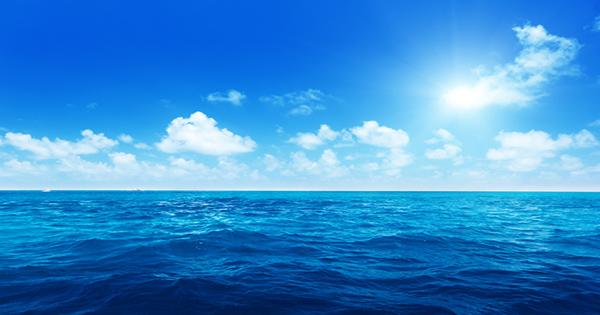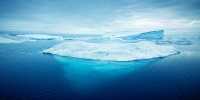Rising sea levels have threatened the lives of millions of people in low-lying coastal areas, but many people living near lakes and inland seas are soon eager for a modest rise in water levels.
A new study has revealed how close we are to disaster, including education for those who depend on other weak water bodies in the Caspian Sea, the world’s largest inland waterway. Due to its huge size and salinity, the sea is called (one-third of the sea average), the Caspian is technically a lake. Those who live nearby depend on it for fishing, transportation, and species-rich wetlands. Since the nineties, sea levels have been falling a few centimeters a year, rising much faster than the world’s oceans.
A study of communications earth and environment predicted that this decline would be accelerated without major intervention, and describes the possible consequences. Furthermore, the paper argues, the problem lies across endorsement lakes (without external flows).
A warmer climate means that the endorheic lakes evaporate faster. For some, these are compensated by rainfall in their catchment area, but in other cases, the reduction in rainfall exacerbates the problems. In the meantime irrigation often falls which steals more. Dr. Frank Wesselingh and co-authors at the University of Utrecht calculate these factors to reduce the Caspian Sea from 9-18 meters (30-60 feet) to 2100, double the previous estimate; 23-34 percent of the surface area will be lost. The environmental collapse could be the trigger for war, for example, the start of the Syrian civil war. Due to the fact that there are often five hostile countries on the Caspian border, there is a high risk of conflict over contracted resources.
Wesselingh said in a statement, “If the North Sea drops two or three meters, access to ports like Rotterdam, Hamburg, and London will be disrupted. Fishing boats and container giants fought together, and all the countries in the North Sea were a huge problem. “”Here, we’re talking about a reduction of less than nine meters – in the best case.”
The danger of a Caspian Sea catastrophe should not be hard to find. To the east of the Caspian is the Aral Sea – or at least once it done. The rivers that were once divided by the Soviet Union to feed the Aral to large cotton farms lost 90% of their water, causing the bizarre images of ships to move hundreds of kilometers away from the nearest water. Even without human activity, endorheic lakes can be dangerous. Lake Chad once reflected the Caspian Sea. Only 99.9 percent of its extinction is the last stage of work, the fault of humanity; much of the previous fall occurred naturally over the centuries.
















